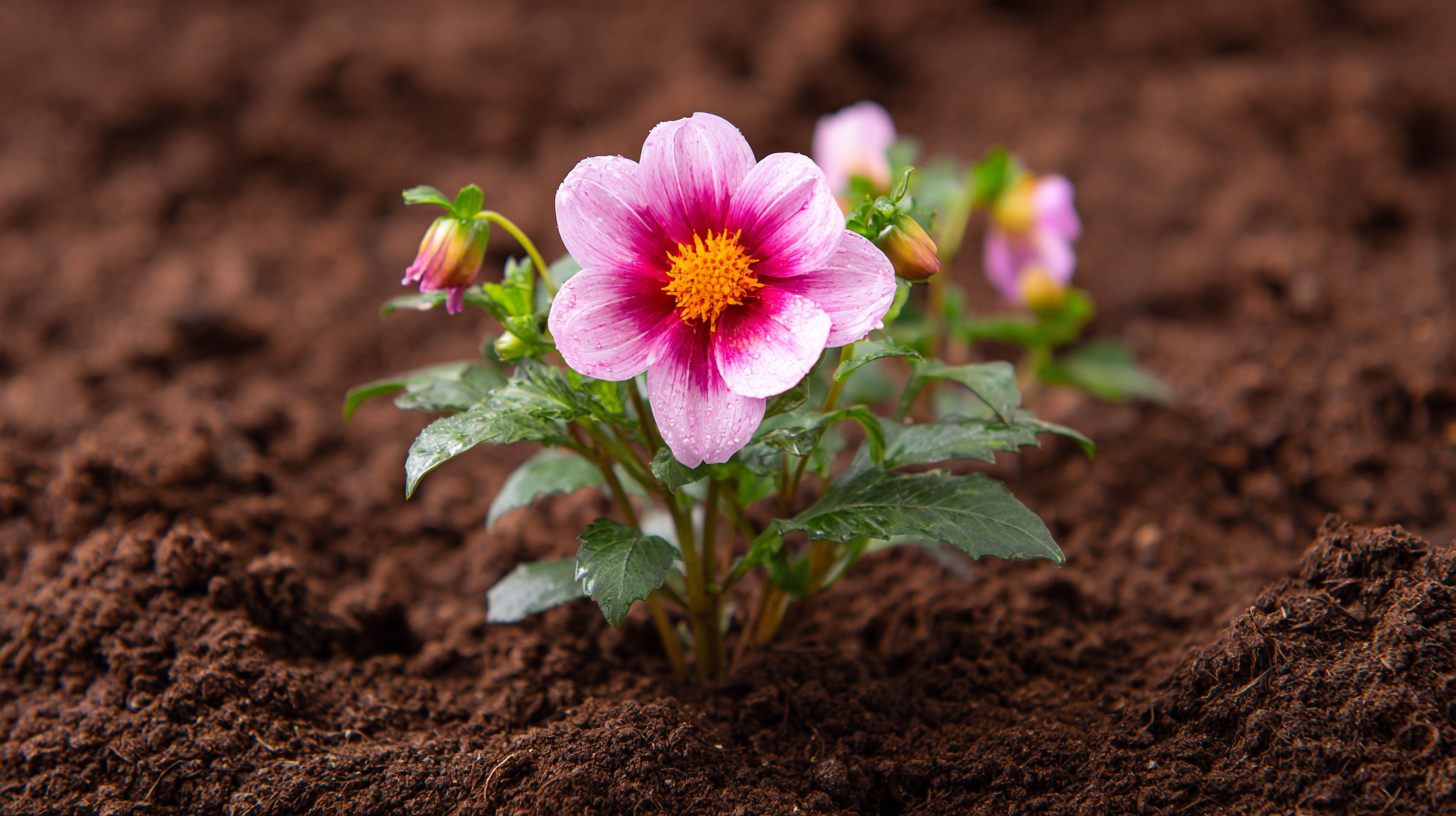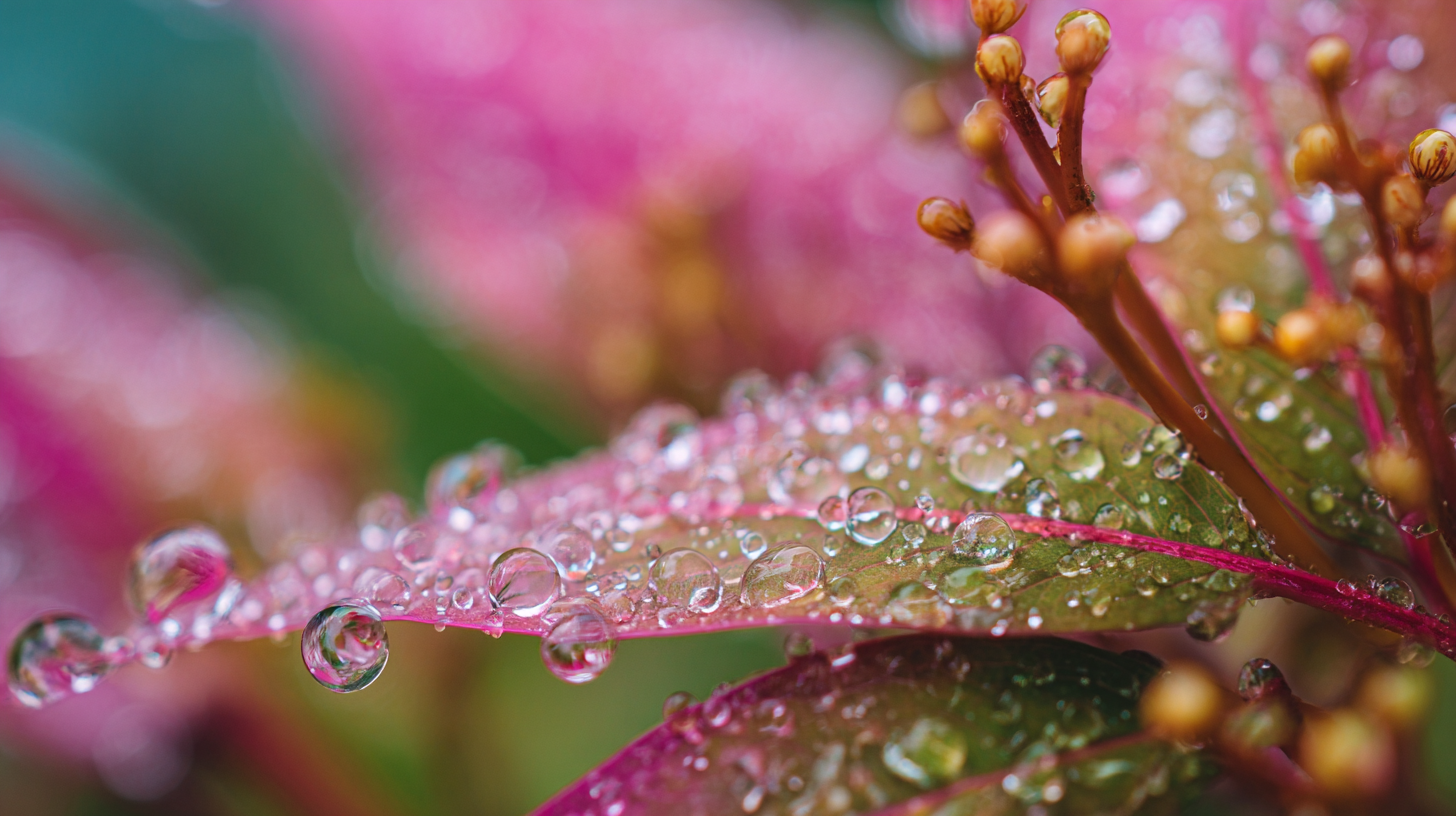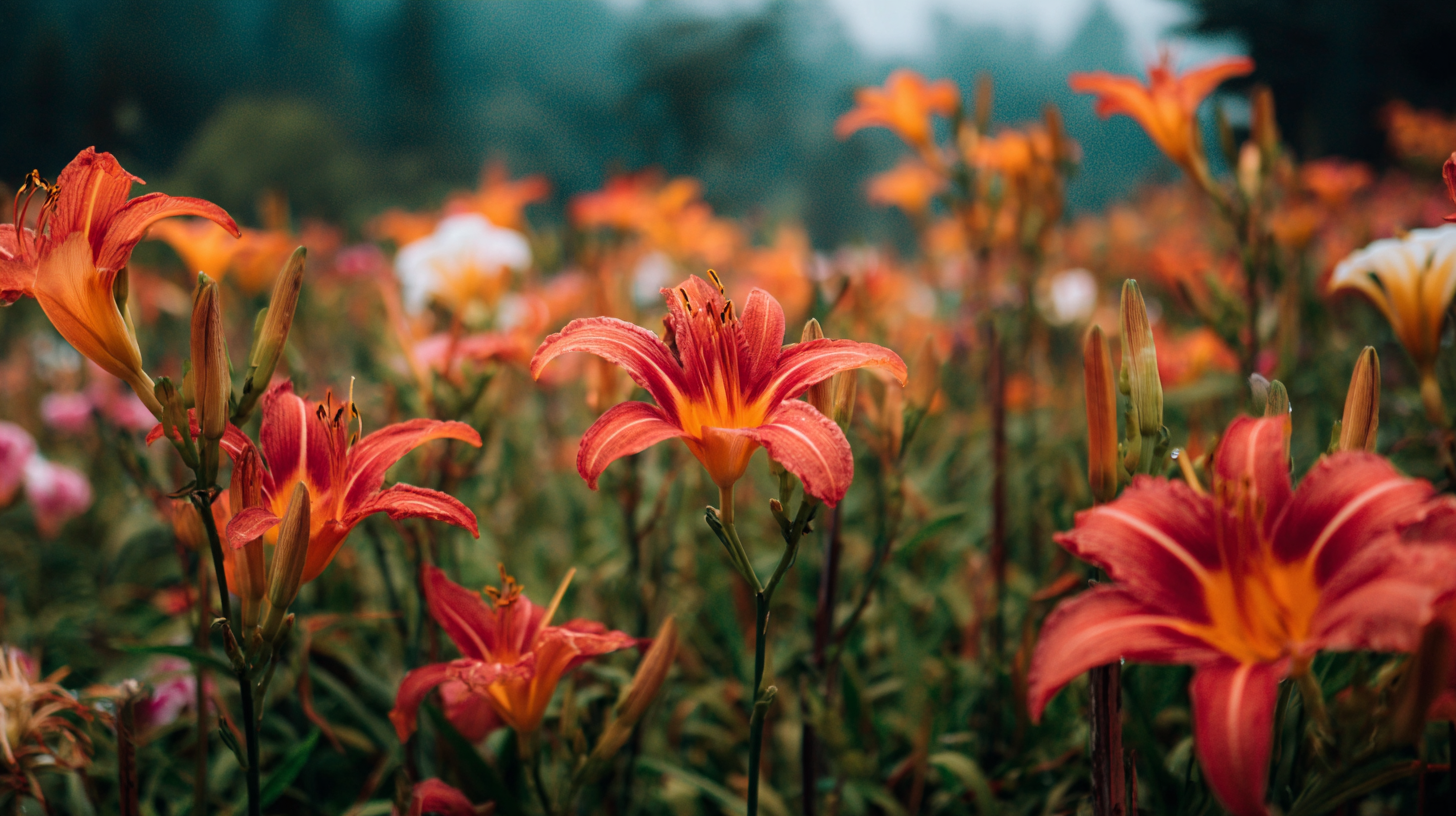In the competitive landscape of modern agriculture, maximizing crop yield is more crucial than ever, particularly in flower cultivation where aesthetic appeal directly influences market demand. A recent report by the Market Research Future indicates that the global market for water-soluble fertilizers is expected to reach USD 25.7 billion by 2025, reflecting a significant growth driven by the increasing preference for higher yields and quicker nutrient uptake. Water Soluble Flower Fertilizer has emerged as a game-changer in this domain, providing essential nutrients in a readily absorbable form, thereby enhancing flower quality and yield efficiency. With China's reputation as a leader in the production of high-quality agricultural inputs, understanding the best strategies to utilize these fertilizers can help growers tap into the full potential of their floriculture ventures, ensuring not only vibrant blooms but also robust profits in a growing marketplace.

Choosing high-quality water soluble flower fertilizer is crucial for maximizing plant health and bloom production. Unlike traditional fertilizers, water soluble options allow for rapid nutrient absorption, ensuring that your flowers receive the essential elements they need at the right time. This quick delivery system helps prevent nutrient deficiencies that can hinder growth and flowering, promoting vibrant and resilient plants.
When selecting water soluble fertilizers, consider factors such as nutrient formulation, solubility, and compatibility with your specific plants. High-quality fertilizers often contain a balanced mix of macro and micronutrients, including nitrogen, phosphorus, potassium, and trace elements. Additionally, look for products that are easily dissolvable in water, as they will deliver nutrients more effectively. Investing in premium fertilizers not only enhances the health of your flowers but also contributes to a more environmentally friendly approach by minimizing waste and runoff, ultimately leading to a flourishing garden.
When it comes to optimizing flower growth and yield, understanding the key nutrient components of water-soluble fertilizers plays a pivotal role. Research from the American Society for Horticultural Science indicates that a balanced ratio of nitrogen (N), phosphorus (P), and potassium (K) is essential for promoting vibrant blooms and strong root development. Nitrogen is crucial for foliage and overall plant vigor, while phosphorus aids in flower and root formation. Potassium, on the other hand, is vital for stress resistance and enhances flower size and quality. A well-formulated water-soluble fertilizer with an N-P-K ratio of 10-30-20 can significantly boost flowering yields, as noted in studies highlighting a 20% increase in flower production among plants treated with balanced nutrients.
Moreover, secondary nutrients and micronutrients like magnesium, calcium, iron, and manganese are often overlooked but are integral for plant health. According to data from the International Plant Nutrition Institute, deficiencies in these nutrients can lead to poor flowering and reduced resilience to diseases. For instance, magnesium deficiency can cause leaf chlorosis and hinder flower formation, leading to lower overall yields. Utilizing water-soluble fertilizers enriched with these essential nutrients not only ensures robust plant health but also maximizes potential flower yield, ultimately leading to a more vibrant and productive garden.
This bar chart illustrates the percentage contribution of key nutrient components in water soluble flower fertilizers to flower growth. Nitrogen is the most significant contributor, followed by phosphorus, potassium, calcium, and magnesium.
When it comes to enhancing the growth and yield of flowering plants, effective application techniques for water-soluble fertilizers are paramount. According to the International Fertilizer Association, water-soluble fertilizers can boost nutrient uptake efficiency by up to 30%, providing a readily available source of nutrients to plants during their critical growth stages. This makes the timing and method of application essential for maximizing yield.
To get the most from water-soluble fertilizers, it’s crucial to adhere to the recommended mixing ratios and application schedules. Industry guidelines suggest applying these fertilizers during key growth phases, such as flowering and fruiting, as plants are more responsive to nutrient applications during these periods. For instance, a study from the Journal of Plant Nutrition indicated that applying water-soluble fertilizers every 2-3 weeks during flowering can significantly enhance blooming quality and overall yield, with increases reported as high as 25% in some crop types.
Additionally, utilizing foliar application techniques can further amplify the benefits of water-soluble fertilizers. Research indicates that foliar feeding can improve nutrient absorption and reduce wastage, as plants can directly take up nutrients through their leaves. To optimize this method, it is advised to apply fertilizers during cooler parts of the day to minimize evaporation and enhance absorption efficiency, leading to healthier plants and increased flower production.
| Fertilizer Type | Nutrient Composition (%) | Recommended Dilution (g/L) | Application Frequency (Weeks) | Best for |
|---|---|---|---|---|
| Balanced Fertilizer | 20-20-20 | 10 | 2 | General Flower Growth |
| High Phosphorus Fertilizer | 10-30-20 | 8 | 3 | Blooming Flowers |
| High Potassium Fertilizer | 15-10-30 | 12 | 4 | Fruits & Vegetables |
| Micronutrient Fertilizer | 5-0-5 + Micronutrients | 15 | 2 | Soil Health |
Timing is a crucial aspect when it comes to maximizing flower production with water-soluble fertilizers. Applying fertilizers at the right moment can significantly enhance nutrient absorption by the plants, leading to more vibrant flowers. Generally, the best time to fertilize flowering plants is during their active growth phase, which typically occurs in spring and early summer. This is when plants are not only establishing their roots but are also putting out new growth and budding flowers. By synchronizing your fertilization schedule with this essential growth period, you can ensure that your plants receive the nutrients they need when they need them most.
In addition to seasonal timing, it’s also important to consider the life cycle of your specific flowers. For example, some plants may benefit from a boost just as they begin to bloom, while others may require more frequent fertilization throughout their growing season. Monitoring the developmental stages of your flowers allows you to adjust your fertilization strategy accordingly. Furthermore, applying water-soluble fertilizers in the early morning or late afternoon can minimize nutrient loss due to evaporation and ensure that the plants absorb the nutrients effectively. By paying close attention to both the timing and frequency of your fertilizer applications, you can significantly increase the yield and quality of your blooms.

 Sustainable practices in flower fertilization play a crucial role in balancing high yield production with environmental responsibility. Utilizing best water-soluble flower fertilizers can significantly enhance nutrient absorption while minimizing waste. These fertilizers dissolve easily in water, ensuring that plants receive the nutrients they need efficiently without excess runoff that can pollute nearby waterways. By adopting these methods, growers can cultivate vibrant blooms while protecting the surrounding ecosystem.
Sustainable practices in flower fertilization play a crucial role in balancing high yield production with environmental responsibility. Utilizing best water-soluble flower fertilizers can significantly enhance nutrient absorption while minimizing waste. These fertilizers dissolve easily in water, ensuring that plants receive the nutrients they need efficiently without excess runoff that can pollute nearby waterways. By adopting these methods, growers can cultivate vibrant blooms while protecting the surrounding ecosystem.
Moreover, integrating organic matter into fertilization practices can further support sustainability. Compost or well-rotted manure not only enriches the soil but also promotes a healthy microbial environment. This holistic approach reduces reliance on synthetic fertilizers, lowers carbon emissions, and improves soil structure. Implementing crop rotation and cover cropping are additional strategies that help maintain soil health and fertility over time. Through these sustainable practices, flower growers can achieve impressive yields while contributing positively to the environment, ultimately fostering a resilient ecosystem for future generations.
